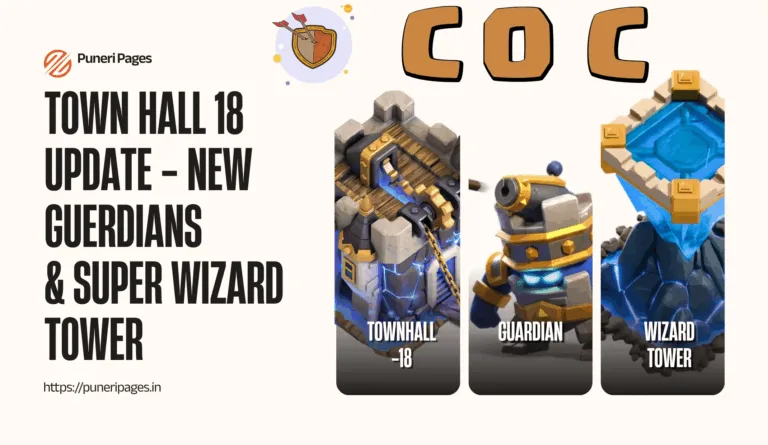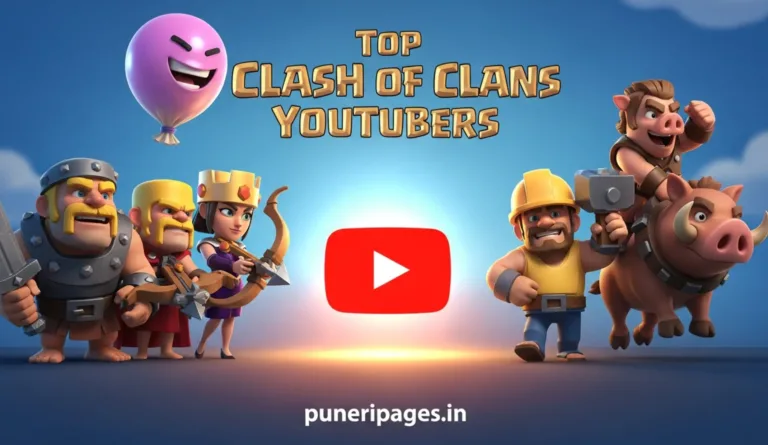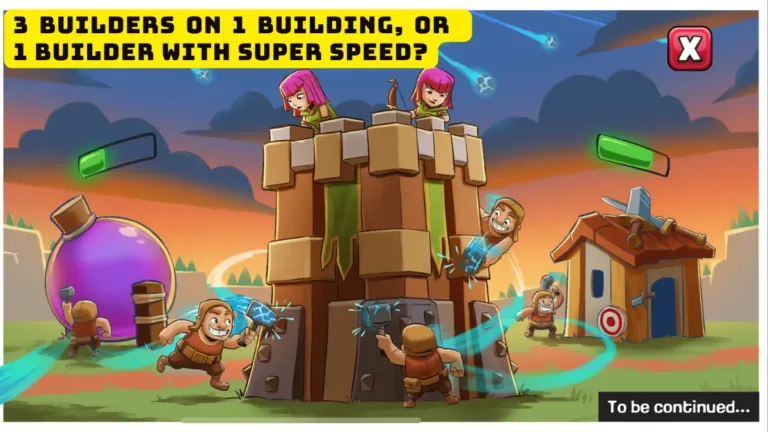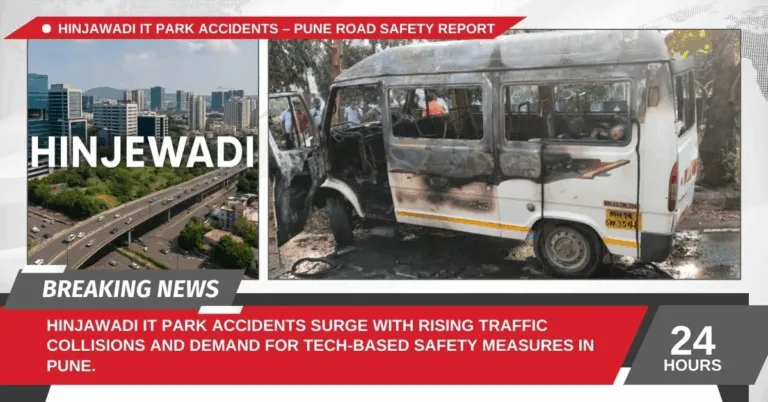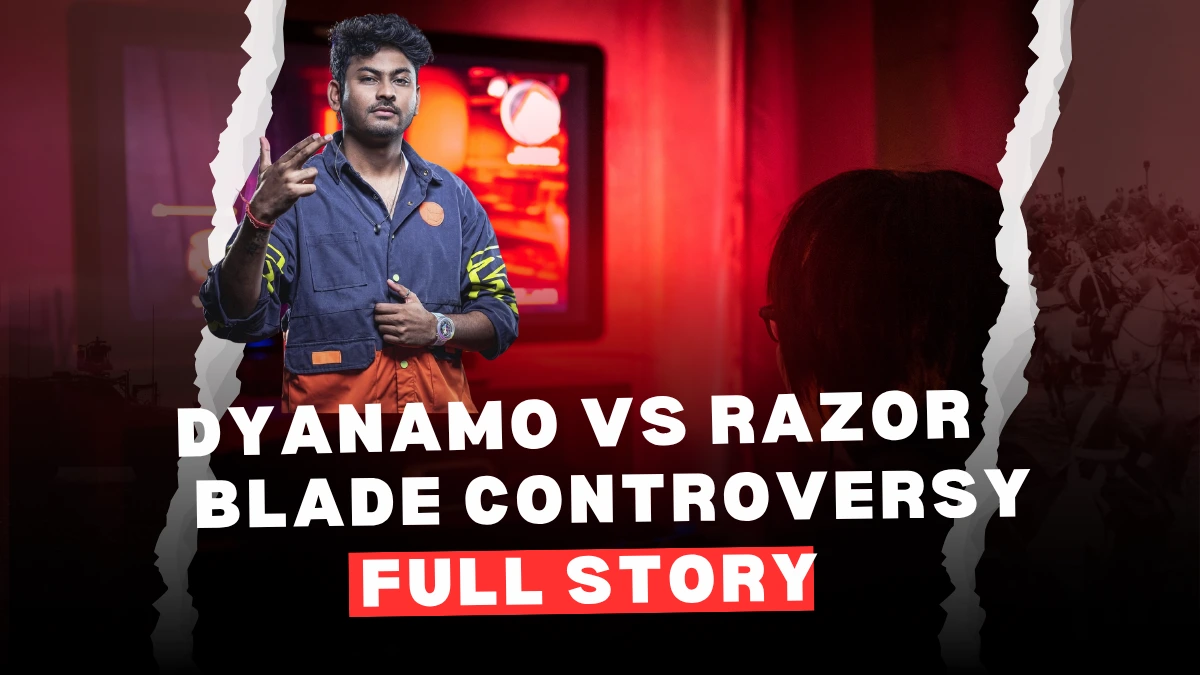
Dyanamo and Razor Blade’s 2025 controversy has taken the gaming world by storm — here’s what really happened.
By Prashant for PuneriPages.in
In 2025, the gaming community was rocked by accusations surrounding Dyanamo and Razor Blade, sparking debates about legitimacy, platform strikes, and online credibility. The controversy involves claims of false takedowns, abuse of copyright strikes, and alleged misuse of platform policies. Below, we present a detailed, updated, and balanced account of the Dyanamo controversy with Razor Blade, examining both sides of the story, the evidence, community impact, and potential outcomes.
Table of Contents
Background: Who Is Dyanamo and What Is Razor Blade?
Dyanamo (often stylized “Dynamo”) is a well-known gaming content creator, especially in the mobile game streaming community. His reach spans millions of followers.
Razor Blade is another entity in the gaming/content sphere, often accused in the controversy of being on the receiving end of takedowns or issuing copyright strikes.
The controversy centers on whether Razer Blade (or Razor Blade — spelling varies in reports) used its influence to strike down Dyanamo’s content unfairly, potentially misusing platform policies to silence or penalize a rival.
Allegations Against Razor Blade: What the Claims Say
False Strikes & Platform Abuse
One of the chief complaints is that Razor Blade allegedly filed copyright strikes against Dyanamo’s content even when the content in question was original or legally permissible. Critics say these strikes were retaliatory or malicious, not genuine claims. Some fans have labeled it “strike abuse.”
Unlawful Takedowns
Some videos of Dyanamo were reportedly removed by the platform following the strikes, even before a fair review—raising questions about due process and platform governance.
Channel Suspension or Threats
Part of the narrative suggests that these strikes and takedowns threatened Dyanamo’s ability to monetize or maintain his streaming presence, potentially damaging his earnings and reach.
Razor Blade’s Side: Responses and Justifications
Razor Blade (or Razer Blade, in some sources) has responded to the accusations in a few ways:
- Denial of Malicious Intent: They claim they only issued legitimate claims according to platform policy, not to harm Dyanamo’s reputation.
- Assertion of Ownership Rights: They may argue some content violated their copyrights or licensing agreements.
- Platform Compliance: Razor Blade states they only acted under the rules of the platforms, not outside them.
So far, public statements from Razor Blade admit nothing beyond defending their claims as lawful and policy-aligned.
Evidence, Community Reaction & Social Echoes
YouTube Videos & Exposés
Several YouTube creators have posted videos titled “Dynamo exposed: False Strike,” “Why Dyanamo got strike — Razor Blade reply,” and “Dyanamo Gaming Strike Matter | Razor Blade exposed.” These pieces analyze timestamps, copyright claim metadata, and public responses. YouTube+2YouTube+2
Fan Loyalty & Backlash
Fans of Dyanamo have rallied on social media, expressing outrage at what they see as unfair suppression. Many call for investigations or interventions by platform administrators.
Platform Responsibility Discussed
Some in the gaming and creator community see this case as a test for how platforms handle misuse of copyright mechanisms. The balance between protecting IP and preventing abuse has come to the fore.
Legal & Platform Policy Implications
Copyright Policy vs. Abuse
The case illustrates how copyright mechanisms—originally intended to protect creators—can be weaponized. A false strike can damage reputation, income, and platform standing.
Due Process & Dispute Resolution
Platforms like YouTube have dispute windows, counters, appeals. Critics argue these are delayed or skewed toward large entities, leaving individual creators vulnerable.
Platform Transparency and Accountability
Many call for better transparency: revealing who issues strikes, giving creators access to evidence, penalizing misuse of strike powers.
What Could Happen Next? Future Scenarios
- Platform Investigation or Audit: The platform (YouTube, etc.) might audit strike claims and penalize misuse.
- Reversal of Takedowns / Content Restoration: Removed videos could be reinstated if claims are found invalid.
- Legal Action: Dyanamo might file defamation or damages lawsuits.
- Policy Reforms: The controversy could push platforms to tighten rules around strike issuance and review.
What It Means for Creators
The Dyanamo controversy with Razor Blade in 2025 underscores a crucial tension in content creation ecosystems: how to balance protection of intellectual property with fairness and protection from abuse.
Regardless of who is right or wrong, the case adds to a growing body of creator-platform conflicts that may shape future policy, platform accountability, and how creators protect themselves.
